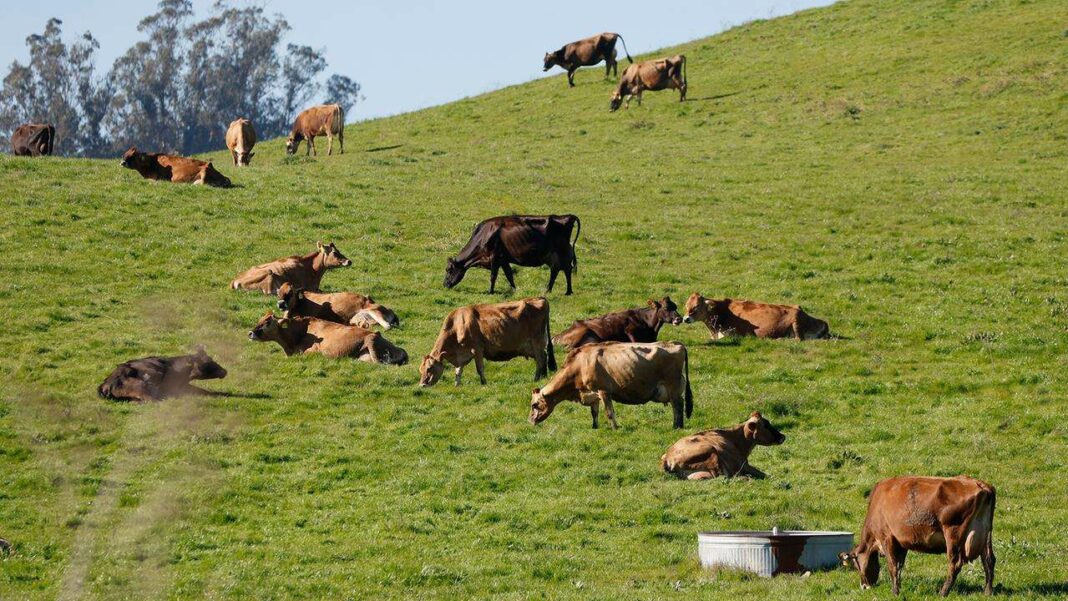A new variant of the H5N1 bird flu, named D1.1, has emerged in the U.S., identified during routine checks on dairy cows in Nevada. This variant, already present in wild birds, raises concerns due to its adaptation to mammals. Recent cases include an elderly man in Louisiana and a teenage girl in Canada, highlighting potential severity despite no evidence of human-to-human transmission. Researchers are investigating how the virus is spreading among cattle, with ongoing monitoring necessary as risks increase.
Emergence of a New Variant of Bird Flu in the USA
For nearly a year, the bird flu virus H5N1 has been making headlines due to its spread among dairy cows in the United States. Recently, a new variant has come to light, raising questions about its potential to infect humans.
During routine checks on a milk tank in Nevada, the H5N1 virus was identified. This was not the previously known B3.13 variant but a newer variant referred to as D1.1. This finding was confirmed by the Department of Agriculture’s monitoring facility after analyzing the samples collected.
The D1.1 variant is familiar to bird flu experts, as it has been present in various wild bird populations around the globe for several years. Notably, it is currently the predominant H5N1 variant among wild birds in the USA.
Researchers, including those from the Friedrich Loeffler Institute for Animal Health, express concern about the adaptation of this virus variant to dairy cows—a phenomenon that hasn’t occurred in decades. Virologist Barbara Wieland from the Swiss Federal Department of Home Affairs emphasizes that this variant possesses a mutation in a particular protein which “could enhance viral replication in mammals.”
Assessing the Risk to Human Health
Determining the level of danger this virus variant poses to human health remains a challenge for researchers. In recent months, two cases of D1.1 infections have been reported: an elderly man in Louisiana, who likely contracted it from his chickens, sadly succumbed to the illness; and a teenage girl in Canada who faced a severe bout of illness, requiring weeks of intensive care before her recovery.
Despite these cases, there has been no evidence of human-to-human transmission of this variant. While these incidents may suggest potential severity, the scientific community stresses the need for more data to understand the implications fully.
The H5N1 bird flu virus is currently spreading among cattle in the USA, leading to increased concerns from health experts.
Researchers are still investigating how H5N1 has been transmitted to cows for both variants. It’s hypothesized that the transfer from wild birds to cows could be linked to the high viral load present among wild bird populations in the USA, raising the chances of mammalian infection. However, the precise transmission method remains elusive.
What is known is that there are specific receptors in the cow’s udder that allow the H5N1 virus to attach and replicate. Current studies suggest that the virus may have spread through milking equipment or the movement of infected cows between states in the USA.
As the virus continues to circulate, virologist Martin Schwemmle from the University of Freiburg warns that H5N1 “may breach species barriers in the future.” The emergence of this second variant within a year has both astonished and alarmed researchers, as ongoing circulation in livestock populations heightens the risk of transmission to humans.
This critical situation was highlighted by NDR Info on February 11, 2025, at 06:55 AM.
